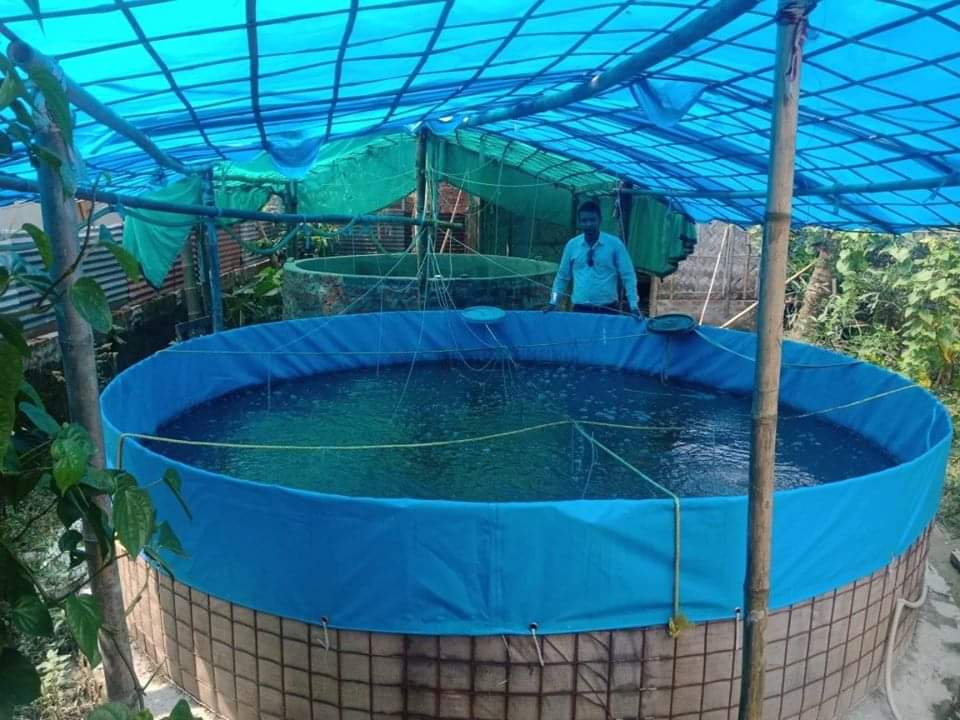By Sri S.Rajamanickam
Asst.chief Technical officer
ICAR-CIBA

Water becomes hard by being in contact with soluble, divalent, metallic cations. The two main cations that cause water hardness are calcium (Ca2 +) and magnesium (Mg2 +). Calcium is dissolved in water as it passes over and through limestone deposits. Magnesium is dissolved as water passes over and through dolomite and other magnesium bearing formations. Because groundwater is in contact with these geologic formations for a longer period of time than surface water, groundwater is usually than surface water. Although strontium, aluminum, barium, iron, manganese, and zinc also cause hardness in water, they are not usually present in large enough concentrations to contribute significantly to total hardness.

Mg/L – Milligrams per liter (mg/L)
A measure of the concentration by weight of a substance per unit volume in water.

• Soft: 0 to 75 mg / L
• Moderate: 75 to 150mg/L
• Hard: 150 to 300 mg /L
• Very Hard: Above 300 mg / L

• If there is Fe2 + then EDTA is the one of the option to reduce.EDTA powder can use 5ppm to 10ppm to reduce the soluble iron.
• Columnaris or cotton wool fungal disease is due to high concentration of Fe2 +, which is not visible through naked eye.
• Soluble iron should be 0.00ppm. Due to soluble iron fish can be attacked by yellow gill disease. Growth will also be slow.
• Water hardness should be tested if ph is on higher side.







